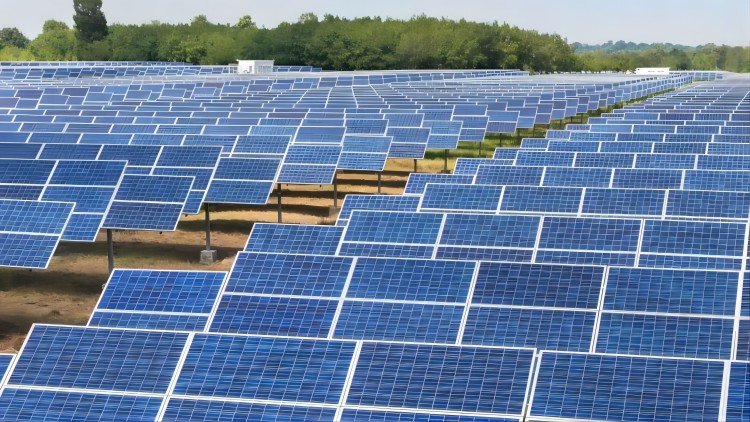Over 1,700 MW Solar and 1,300 MW Battery Storage Across Arizona, California, and Nevada

The Department of the Interior has announced a comprehensive roadmap for solar energy development across Western states, with the objective of fostering solar production expansion and streamlining renewable energy siting and permitting on public lands in the U.S. The Bureau of Land Management (BLM) has also revealed significant progress on various renewable energy projects in Arizona, California, and Nevada, showcasing the nation’s commitment to clean energy goals.
This initiative aligns with President Biden’s Investing in America agenda, a cornerstone of Bidenomics, which prioritizes accelerating the clean energy and transmission buildout to reduce energy costs, address climate challenges, create jobs, and achieve a 100 percent clean electricity grid by 2035.
Acting Deputy Secretary Laura Daniel-Davis emphasized the Interior Department’s role in efficiently developing renewable energy projects to attain the administration’s carbon pollution-free power sector goal by 2035. The efforts aim to build resilient climate infrastructure, enhance community protection against climate change impacts, and advance environmental justice and clean air priorities.
Updated Roadmap for Solar Energy Development on Public Lands: The Department has released a draft analysis of the Utility-Scale Solar Energy Programmatic Environmental Impact Statement, known as the updated Western Solar Plan. This plan aims to facilitate solar energy projects across Western states, expanding from the 2012 Western Solar Plan’s initial scope. The updated roadmap includes Idaho, Montana, Oregon, Washington, and Wyoming in addition to the original six states.
Also Read India's Ambitious Power Expansion Plan: Aiming for 615.96 GW of Non-Fossil Capacity, Backed by a Robust 47.24 GW Battery Storage by 2031-32
Collaborating with the Department of Energy’s National Renewable Energy Laboratory, the BLM examined forecasts for national clean energy needs. The proposed alternative in the updated Western Solar Plan would allocate approximately 22 million acres of land for solar applications, aiming to meet the nation’s clean energy goals efficiently. The plan emphasizes directing development to areas with fewer resource conflicts and proximity to transmission lines while maintaining robust public and Tribal engagement.
Public input will shape the final Environmental Impact Statement and Record of Decision, with a deadline for written comments set for April 18, 2024. The planning updates, supported by a $4.3 million investment, seek to enhance the solar development application process, provide predictability for developers, and address site-specific considerations.
Continued Progress on Onshore Renewable Energy Development: The BLM announced advancements in several onshore renewable projects across the West, contributing to the 100 percent clean electricity grid target by 2035:
In Nevada, draft environmental impact statements were released for the Libra Solar Project and the Rough Hat Clark County Solar Project, with potential capacities of 700 MW and 400 MW, respectively, along with a 700 MW battery energy storage system. Additionally, a Notice of Intent was issued for the Dodge Flat II Solar project (200 MW).
In California, the BLM will release a Notice to Proceed for the Camino Solar Project (44 MW) in Kern County, enabling construction.
In Arizona, the White Wing Ranch Solar Project (179 MW) has been completed, and construction for the Harquahala Valley (HV) Sunrise gen-tie line, connecting to the HV Sun solar project (150 MW), will commence in February.
These developments underscore the BLM’s commitment to clean energy, supporting economic growth, job creation, and environmental sustainability. The BLM is actively processing numerous utility-scale clean energy projects on public lands, reflecting a combined potential to add over 37 GW of renewable energy to the western electric grid.
The Interior Department’s initiatives contribute to the nation’s transition toward a cleaner, more sustainable energy future, addressing climate challenges and fostering economic growth.
Next:LFP Lithium Iron Phosphate Battery Attracts Major Players
Previous:World Most Advanced Battery Energy Storage System Replace Hawaii, Last Coal Plant
